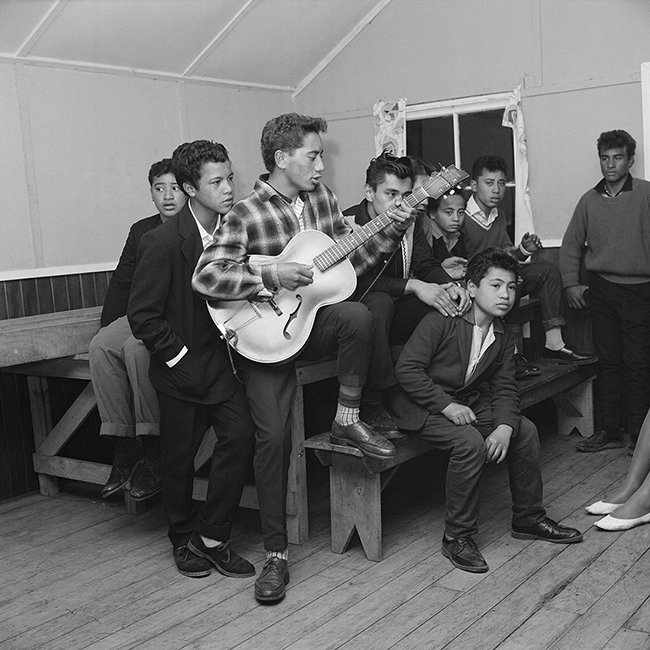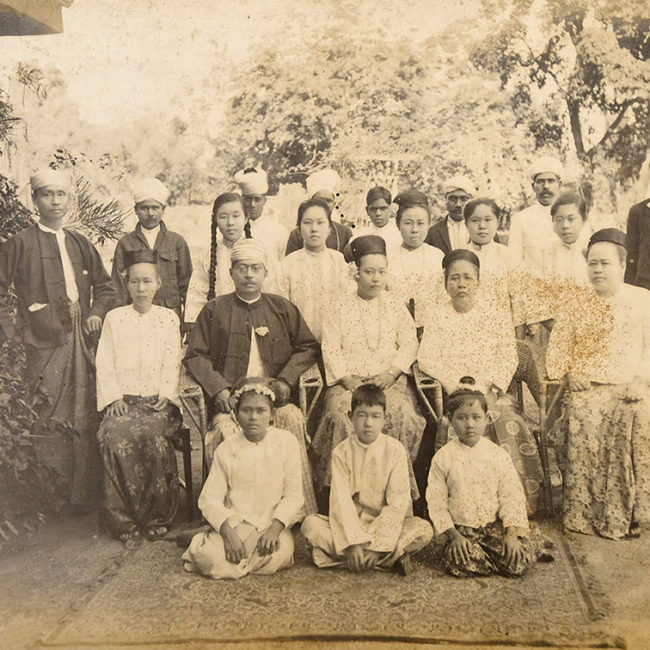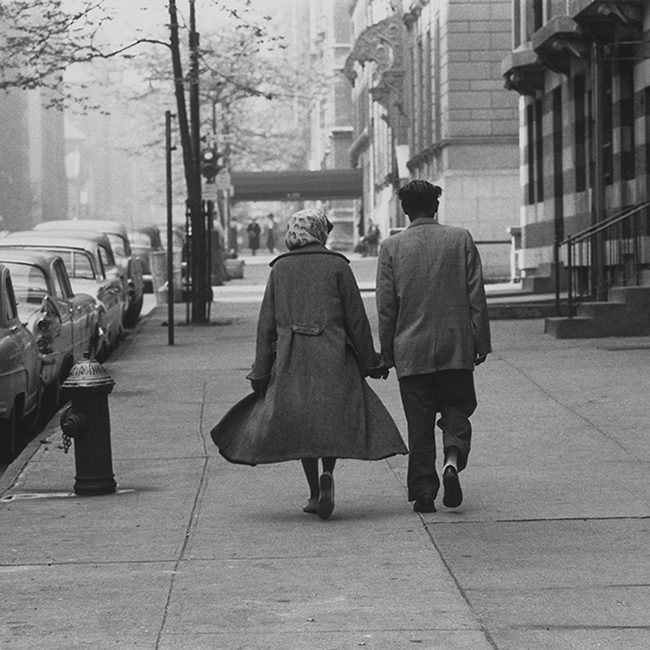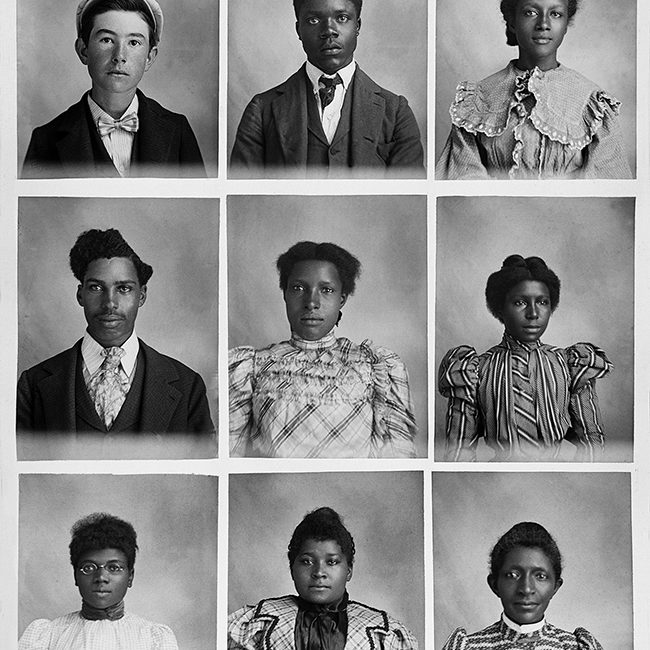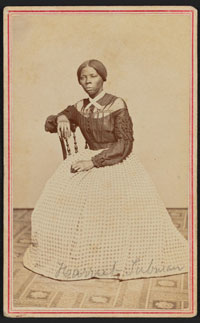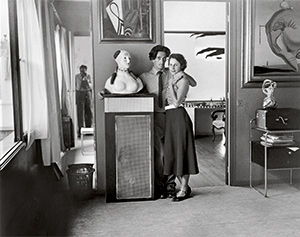William S. Bullard was born in Worcester, Massachusetts in 1876, and over the course of his life, he took more than 5,400 photographs in the city. Among them are portraits of his neighbors in Beaver Brook, the ethnically diverse section of the city where he lived. Almost 100 years after his death, his portraits are the subject of an exhibition that presents a look into a flourishing African American community in the North in the early 20th century. And through an unusual research collaboration, the photographs have been connected to the descendants of their subjects, offering a detailed account of the lives of some of the photos’ subjects.
All portrait archives record the faces of their subjects and the textures of their everyday lives, but many leave no way to identify the people they depict. In Bullard’s case, a collector who bought his archive noticed that his portraits were numbered, and the people in them could be identified using a logbook he kept. The discovery meant that the 236 portraits of African Americans and people of Native American descent in Bullard’s archive could be connected to the records of Worcester residents. Through a collaborative research project that included curators at the Worcester Art Museum, scholars and students from Clark University, descendants of Bullard’s portrait sitters and the Worchester community, many of the stories of the people in the photographs have been recounted and recorded. These stories, along with the images, are presented in “Rediscovering an American Community of Color: The Photographs of William Bullard,” an exhibition that opens October 14 and runs until February 25, 2018 at the Worcester Art Museum, and on a website dedicated to the project. Janette Thomas Greenwood, a professor of history at Clark University, who co-curated the show, says in a statement, “The stories behind many of William Bullard’s portraits tell a fundamentally American narrative, one in which people decide to leave behind an ‘old world’ and seek new opportunities. His images reveal much about their success in raising families and creating new communities, and in particular how so many families accomplished this in the growing city of Worcester, Massachusetts. Today, Worcester continues to be a small but diverse city, making Bullard’s photographs strikingly relevant and a reminder of how much that diversity adds to the strength of our community.”
The photographs show families, couples and children posing in their lace-curtained homes, or on porches and in yards and gardens. The adults wear stiff dresses and suits, and children ride rocking horses or sit in wicker carriages. The poses are formal, but the feeling of the images is often relaxed. Made between 1897 and 1917, the photographs depict a community that was made up of former slaves and their descendants, who had migrated North following the economic decline after Reconstruction, people of Native American descent, Black Yankee families, a few immigrants from the Caribbean, and whites, such as Bullard himself. In a statement, Nancy Kathryn Burns, co-curator of the show and Associate Curator of Prints, Drawings and Photographs at the Worcester Art Museum, notes, “William Bullard’s photographs show everyday people in their own settings, in their front yards, back yards, and parlors, capturing an important moment in their history and ours. While posed, many of his sitters demonstrate agency in the way they chose to engage with the camera. The fact that Bullard was a neighbor to so many of the people photographed, likely informs the more relaxed demeanor of several sitters, despite the fact that he was white. As much as they tell us about the subjects, they also speak to the popularization of photography among people of color at the turn of the century. Bullard’s work is an important connecting thread in the history of early twentieth century American vernacular photography.”
Related Stories:
Faces of History – Latin America
Afrocentric Ritual and Culture
New Photobook, Exhibition Dispel Popular Myth of Thoreau’s Walden (for PDN subscribers; login required)
